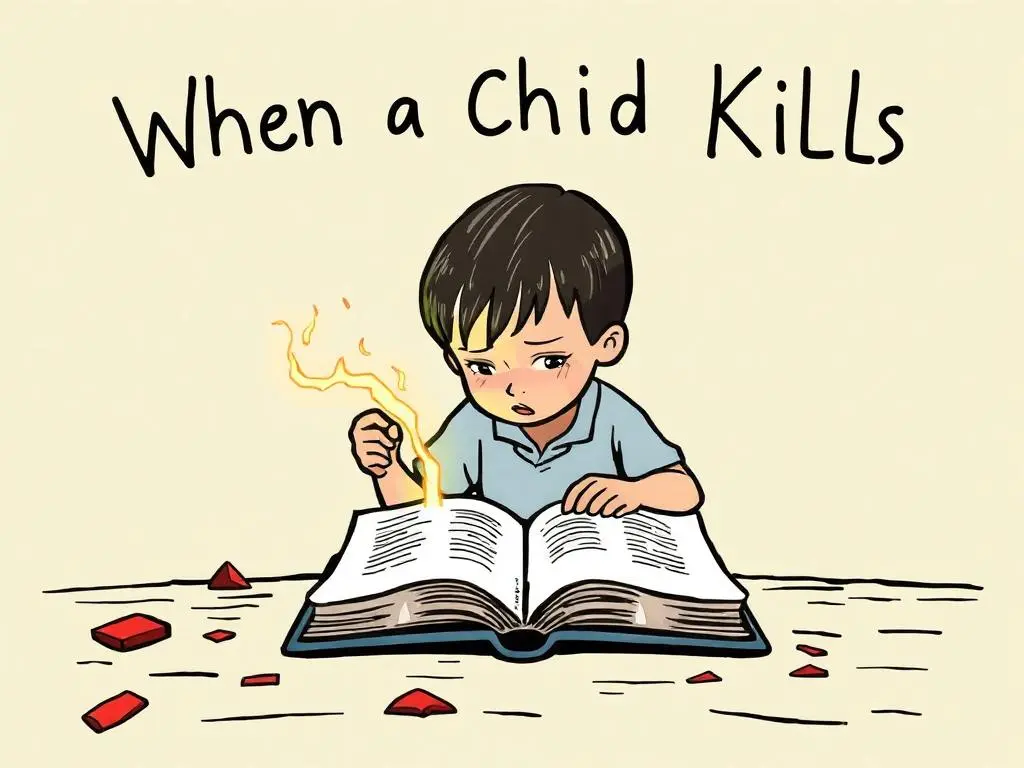Sally Banes, Distinguished Dance Critic and Historian, Dies at 69

Sally Banes, an influential dance historian and critic whose books include the indispensable “Terpsichore in Sneakers: Post-Modern Dance,” died on June 14 in Philadelphia. She was 69.
Her death, at a long-term care facility with hospice services, was confirmed by her husband, Noël Carroll, a philosophy professor at the Graduate Center of the City University of New York. He said the cause was heart failure resulting from complications of ovarian cancer.
Dr. Banes had been ill for many years. In 2002, she suffered a major stroke.
Dr. Banes covered many genres of dance, including break dancing in its early days. Her writing paired a vivid and inquisitive approach with a lack of agenda and a belief that dance was a crucial part of cultural history.
“Sally was leading other critics to pay a kind of attention they might not have given us,” said the postmodern choreographer and director David Gordon. “And what’s more, it was not foolish writing. It was as good as what she was writing about.”
“Terpsichore in Sneakers,” a history and critical study of postmodern dance, established Dr. Banes as an authority. But her range and her curiosity led her to write about many disciplines in the dance, performance and theater worlds. Her proudest accomplishment, Mr. Carroll said, was a piece she wrote for The Village Voice in 1981, “To the Beat Y’All: Breaking Is Hard to Do.”
For that piece, she worked with the photographer Martha Cooper for several months. “The two of them chased break dancing, driving all over the five boroughs of New York,” Mr. Carroll said. “Anywhere they heard there was going to be a break-dancing thing, they went.”
Dr. Banes was among the first critics to document the development of hip-hop dance and culture. “Breaking is a public arena for the flamboyant triumph of virility, wit and skill,” she wrote. “In short, of style. Breaking is a way of using your body to inscribe your identity on streets and trains, in parks and high school gyms. It is a physical version of two favorite modes of street rhetoric, the taunt and the boast.”
Sally Rachel Banes was born on Oct. 9, 1950, in Silver Spring, Md. Her father, Daniel Banes, was the director of the Office of Pharmaceutical Sciences of the Food and Drug Administration and later the editor of the United States Pharmacopeia. Her mother, Helen (Richter) Banes, was a fiber and jewelry artist.
After studying dance as a child, Dr. Banes attended the University of Chicago, graduating in 1972 with an interdisciplinary degree in criticism, art and theater. In 1980 she received a Ph.D. in drama from the performance studies department of the Tisch School of the Arts at New York University
In the early 1970s, she performed and created dance and theater works.
She wrote for the alternative weekly The Chicago Reader and, in 1974, was part of the collective that started MoMing, a center for dance and performance in Chicago that presented works by local artists as well as the biggest names in postmodern dance, including Mr. Gordon, Trisha Brown, Yvonne Rainer and Meredith Monk.
One of the ways Dr. Banes educated herself about postmodern dance was by helping to organize performances at MoMing.
“Minneapolis was a center for avant-garde art in the ’70s,” Mr. Carroll said. “Sally would find out who was going to Minneapolis and then offer them the flight from Minneapolis to Chicago and an honorarium to get them to make a second stop in the Midwest so she could catch up on the latest in dance.”
In 1974, Dr. Banes spent time with Ms. Monk at Oberlin College, where she was in residency with Ping Chong and her group, the House, to create “Chacon.” Dr. Banes wanted to observe and write about the work’s creative process, throwing herself, as she wrote, “into the routine of both the students and the company, taking dance classes and workshops.”
To her delight, she was invited to perform in “Chacon.” “I was a bit leery of having somebody observe and be within the process because I always feel very vulnerable when I’m working,” Ms. Monk said. “But it was wonderful to have her. She was great.”
Dr. Banes met Mr. Carroll in 1975. At the time, he was writing dance and performance criticism and was interested in learning more about Mr. Gordon, who was performing at MoMing. “I went to ask him questions, and she went to ask him questions, and he didn’t want to talk to either to us, so he said, ‘Why don’t you talk to each other?’” Mr. Carroll recalled. “He might not even realize that he was actually the marriage broker.”
In 1976, the couple moved to New York. (They married in 1985.) Dr. Banes continued performing and writing, for The SoHo Weekly News as well as The Village Voice. Between 1973 and 1978, she also devoted herself to writing “Terpsichore in Sneakers.” She described that book, published in 1980, as “an investigation into how people make dances.”
In recalling the invention of the book’s memorable title, Mr. Carroll said that Dr. Banes had originally wanted it to include a reference to bluejeans. Sneakers won out over denim. But her point was the same.
“The idea she wanted to get across was that postmodern dance was very vernacular,” he said. “It was very ordinary — not tutus and not ballet slippers, but something more mundane that fit with the kind of everyday-ness and ordinariness of the movement.”
Her other books include “Democracy’s Body: Judson Dance Theater 1962—1964,” (1983) “Greenwich Village 1963: Avant-Garde Performance and the Effervescent Body” (1993), “Writing Dancing in the Age of Post-Modernism” (1994), “Dancing Women: Female Bodies on Stage” (1998) and “Before, Between, and Beyond: Three Decades of Dance Writing” (2007).
She held teaching positions at Florida State University, Purchase College, Wesleyan University and Cornell University. She ran the dance program at the University of Wisconsin at Madison from 1992 to 1996 and was the director of the Center for Humanities there in 2001 and 2002.
Jim Self, a dancer, choreographer and artist who met Dr. Banes in Chicago and taught at Cornell when she was there, recalled her “laughing eyes that were ready for some dirt or something slightly naughty and were always inspiring” and her “very energized body that was always ready to go.”
But after her stroke, she was greatly diminished. Dr. Banes — who besides her husband is survived by her two older sisters, Susan Banes Harris and Ruby Bell Sherpa — never walked again.
“I’ve been thinking about the period when Sally was still alive, but just kind of not present,” Mr. Self said. “Now it’s like something is released. Her spirit is released.”
Mr. Self said one of his favorite memories of Dr. Banes was from around 1978, after a performance they attended together, when they returned to his apartment and were joined by the artist Jasper Johns. Enthusiastically, Dr. Banes began to speak of a project she was working on about the modern choreographer Doris Humphrey. She began talking about Humphrey’s work “Life of the Bee” and stood up to demonstrate the movement.
“She went through all of it — the big wide second position and splayed hands,” Mr. Self said. “I was screaming and she was laughing and Jasper had this huge smile. She just had that effect: She could just completely create this performance in the moment and totally take us into that world.
“And it was just funny and playful and that was her energy: No matter what she was working on, it was all exciting.”




